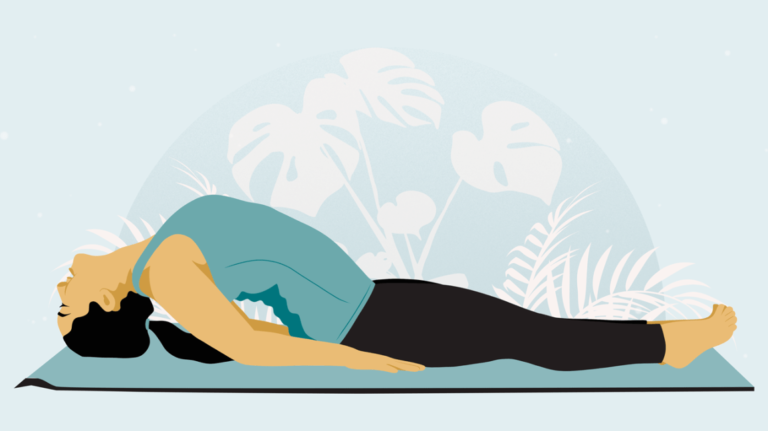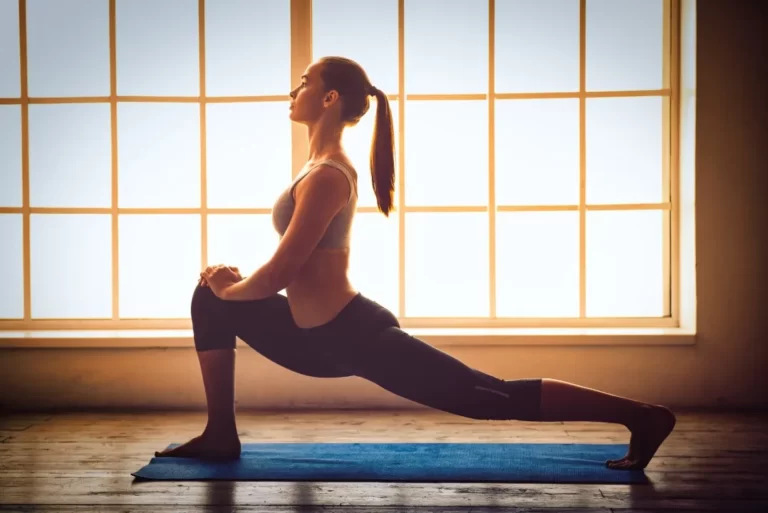
As yoga gains popularity around the world, more people are becoming aware of the various practices and techniques associated with it. One such technique is Nidra, which is commonly known as yogic sleep. Nidra is a practice that is gaining popularity due to its ability to help people achieve deep relaxation and rejuvenation. In this article, we will explore the different types of Nidra, their benefits, and how they can help you achieve a healthier and happier life.
Yoga has been around for centuries and has evolved over time to include various practices and techniques. Nidra is a relatively new practice that has become popular in recent years. It is a practice that allows you to achieve deep relaxation, reduce stress, and rejuvenate your body and mind. There are several types of Nidra, each with its own unique benefits.
What is Nidra?
Nidra is a Sanskrit word that means sleep. Yogic sleep, or Nidra, is a state of consciousness that is between sleep and wakefulness. It is a state of deep relaxation where the mind is in a state of tranquility, and the body is in a state of rest. Nidra is a powerful tool for relaxation and stress reduction.
The Science of Nidra
Nidra is a practice that is rooted in ancient yogic traditions. The science of Nidra is based on the principles of yoga, which include the use of breathing techniques, meditation, and visualization. When you practice Nidra, you are using these principles to achieve a state of deep relaxation and rejuvenation.
Types of Nidra
There are several types of Nidra, each with its own unique benefits. Here are some of the most popular types of Nidra:
- Antar Mouna Nidra
Antar Mouna Nidra is a practice that involves observing your thoughts and emotions without judgment. It is a practice of inner silence, where you focus your attention inward and become aware of your thoughts and emotions. - Chidakasha Dharana Nidra
Chidakasha Dharana Nidra is a practice that involves focusing your attention on a specific point in space. It is a practice of concentration, where you focus your attention on a specific object or point and allow your mind to become still. - Shavasana Nidra
Shavasana Nidra is a practice that involves lying down on your back and relaxing your body completely. It is a practice of deep relaxation, where you let go of all tension and stress in your body. - Visualisation Nidra
Visualisation Nidra is a practice that involves creating mental images of peaceful and relaxing scenes. It is a practice of imagination, where you use your mind to create a peaceful and relaxing environment. - Mantra Nidra
Mantra Nidra - Mantra Nidra
Mantra Nidra is a practice that involves repeating a specific sound or word to help you achieve a state of deep relaxation. It is a practice of sound, where you use the power of vibration to calm your mind and body. - Chakra Nidra
Chakra Nidra is a practice that involves focusing your attention on the seven chakras, or energy centers, in your body. It is a practice of energy, where you use your breath and visualization to activate and balance the chakras in your body. - Sankalpa Nidra
Sankalpa Nidra is a practice that involves setting a specific intention, or sankalpa, for your Nidra practice. It is a practice of intention, where you use the power of your mind to create positive changes in your life. - Yoga Nidra
Yoga Nidra is a comprehensive practice that combines all of the above techniques into one complete practice. It is a practice of deep relaxation, meditation, visualization, and intention setting, where you can achieve a state of profound peace and healing.
Benefits of Nidra
The benefits of Nidra are numerous and include:
Deep relaxation
Reduced stress and anxiety
Improved sleep
Increased focus and concentration
Enhanced creativity
Improved overall well-being
How to Practice Nidra
To practice Nidra, you can either attend a class or practice on your own. Here are the general steps to practice Nidra on your own:
Find a quiet and comfortable place to lie down.
Close your eyes and take a few deep breaths.
Choose a specific type of Nidra that you want to practice.
Follow the specific instructions for that type of Nidra.
At the end of the practice, slowly bring your awareness back to your body and surroundings.
Conclusion
Nidra is a powerful practice that can help you achieve deep relaxation, reduce stress and anxiety, and improve your overall well-being. There are several types of Nidra, each with its own unique benefits. By incorporating Nidra into your daily routine, you can achieve a healthier and happier life.
FAQs
Is Nidra suitable for beginners?
Yes, Nidra is suitable for beginners as well as experienced practitioners.
How long should I practice Nidra?
You can practice Nidra for as little as 10 minutes or as long as an hour.
Can Nidra help with insomnia?
Yes, Nidra can help improve sleep quality and reduce insomnia.
Do I need any special equipment to practice Nidra?
No, you do not need any special equipment to practice Nidra. A quiet and comfortable place to lie down is sufficient.
Can Nidra be practiced during the day?
Yes, Nidra can be practiced at any time of the day, but it is most effective when practiced in the evening or before bed.
FAQs
Is Nidra suitable for beginners?
Yes, Nidra is suitable for beginners as well as experienced practitioners.
How long should I practice Nidra?
You can practice Nidra for as little as 10 minutes or as long as an hour.
Can Nidra help with insomnia?
Yes, Nidra can help improve sleep quality and reduce insomnia.
Do I need any special equipment to practice Nidra?
No, you do not need any special equipment to practice Nidra. A quiet and comfortable place to lie down is sufficient.
Can Nidra be practiced during the day?
Yes, Nidra can be practiced at any time of the day, but it is most effective when practiced in the evening or before bed.
Conclusion
Nidra is a powerful practice that can help you achieve deep relaxation, reduce stress and anxiety, and improve your overall well-being. There are several types of Nidra, each with its own unique benefits. By incorporating Nidra into your daily routine, you can achieve a healthier and happier life.
In conclusion, Nidra is a form of yoga that promotes deep relaxation and is becoming increasingly popular around the world. There are several types of Nidra, including body scan Nidra, visualization Nidra, and chakra Nidra, each with its own unique benefits. By practicing Nidra regularly, you can reduce stress and anxiety, improve your sleep, and enhance your overall well-being. Whether you are a beginner or an experienced practitioner, Nidra can be easily incorporated into your daily routine, making it a valuable addition to any wellness regimen.


